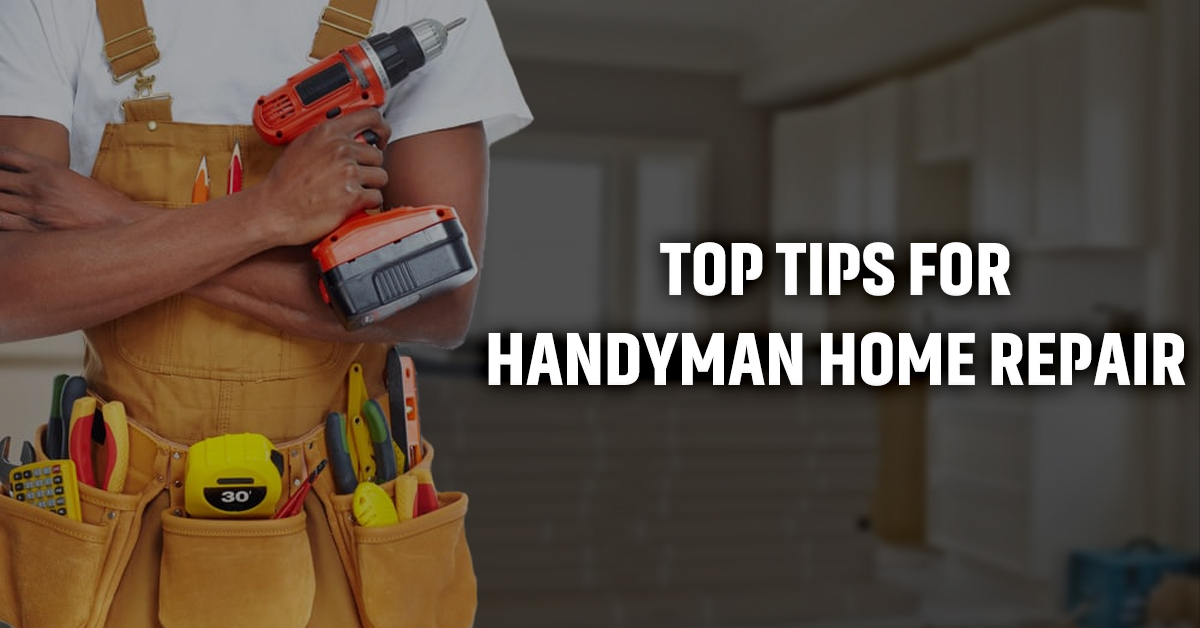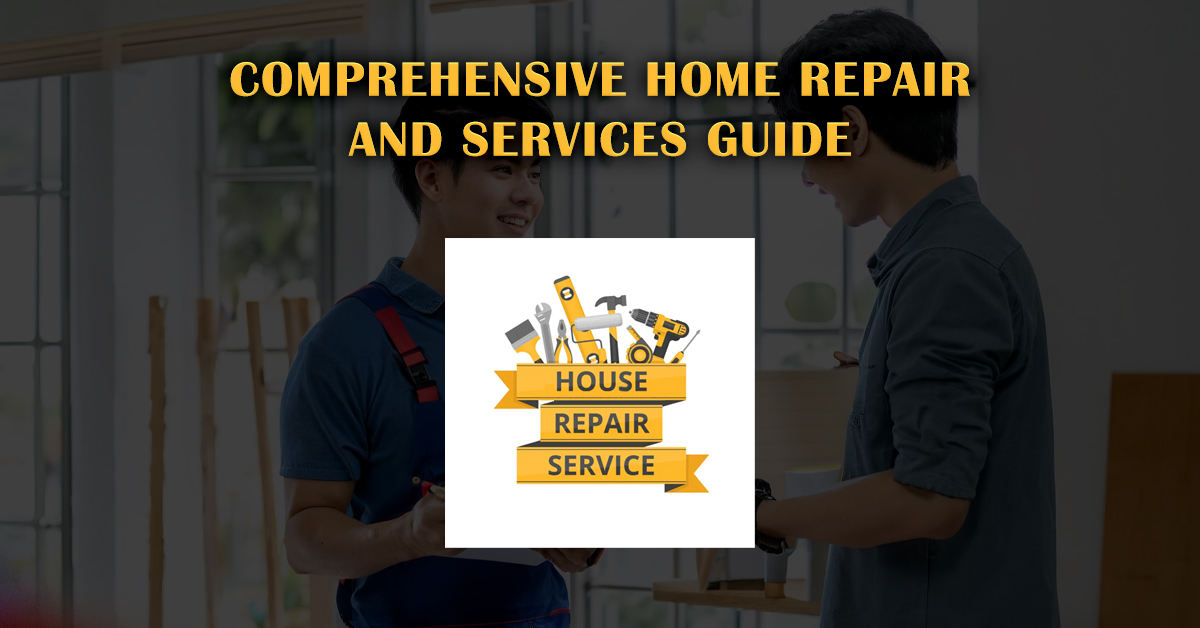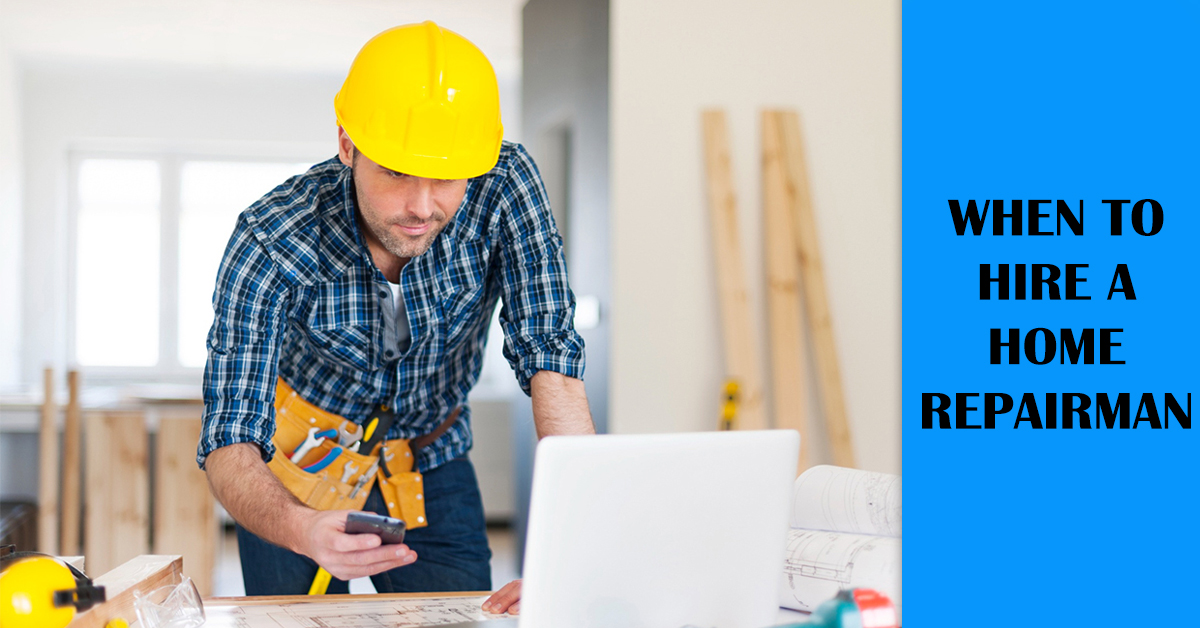Essentials of Home Maintenance
Proper home maintenance is key to preserving the value and comfort of your home. Consistent attention to small repairs and potential problem areas can prevent larger issues later on.

Routine Inspections for Early Detection
You should carry out regular checks around your home to catch problems early. Inspect roof shingles for any signs of damage or missing pieces. Examine plumbing fixtures for leaks, and ensure gutters are clear of debris, which can cause water damage if left unattended. Getting into the habit of these inspections can help you identify issues before they turn into costly repairs.
Check electrical outlets and switches for heat or flickering lights, which might indicate wiring problems. Inspect heating and cooling systems since seasonal changes can impact efficiency. Look for cracks in driveways or walkways; small repairs can prevent larger, more expensive replacements in the future.
Preventative Measures and Strategies
Implementing preventive strategies can extend the life of your home systems. Regularly replace furnace filters to keep your HVAC system running smoothly, improving air quality and efficiency. Seal cracks around windows and doors to maintain indoor temperatures and lower energy costs.
Protect your home from water damage by maintaining sump pumps and fixing small leaks. Apply weatherproofing treatments to exterior surfaces and pressure wash siding to prevent mold growth and deterioration. A home maintenance calendar can help you keep track of these tasks throughout the year, ensuring nothing important gets overlooked. It helps to spread out tasks to make them more manageable.
Key Home Repair Techniques
Learning some basic home repair techniques can save both time and money. By tackling common hardware issues, effectively using household tools, and fixing basic plumbing problems, you can manage many tasks without professional help.
Fixing Common Hardware Issues
A stripped screw can be frustrating when working on repairs. You can use a rubber band to fix this issue. Place the rubber band over the screw head and insert the screwdriver, which should help you get a better grip.
Stuck drawers can also be a hassle. To solve this, rub a bit of bar soap along the drawer slides. The soap acts as a lubricant, allowing the drawer to glide smoothly.
Another frequent issue is squeaky doors. You can quiet these by removing the hinge pins and applying a bit of oil, or you can use full-fat mayonnaise as a handy alternative to traditional lubricants.
Effective Use of Household Tools and Items
Many household tools have unexpected uses. Using a plunger on carpets can help remove dents or marks. Simply press down on the carpet dent and do a few pulls with the plunger to lift the carpet fibers.
Zip ties are great for organizing cords, but they also make excellent makeshift handles for broken ones. Just loop a few zip ties through whatever needs a new handle until you’re able to replace it.
A clothes iron can help repair dents in wood surfaces. Put a damp cloth over the dent and press with the iron to raise the wood fibers. Do this carefully to avoid damage.
Plumbing Fixes for Homeowners
Plumbing issues can be daunting, but some are easy to fix. A running toilet often just needs an adjustment of the flapper chain. Make sure it isn’t too tight or too loose; it should allow the flapper to seal properly.
For a clogged drain, mix 1/2 cup of baking soda and 1/2 cup of white vinegar, then pour it into the drain. Wait about an hour before rinsing with hot water. This natural solution can help clear minor blockages.
Using duct tape can temporarily stop a small leak in pipes. Wrap the area tightly with the tape until you can make more permanent repairs. This can help prevent further damage in an emergency.
Weatherproofing and Insulation
Improving your home’s insulation and sealing can lead to lower energy bills and a more comfortable living space. Proper insulation techniques help maintain the desired temperature in your home, while sealing gaps prevents drafts.
Upgrading Home Insulation
Proper insulation and sealing gaps can greatly improve your home’s energy efficiency and comfort. Here’s how to get started.
1. Key Areas to Insulate
Focus on areas like the attic, walls, and floors. Properly insulating these areas can significantly reduce energy costs and enhance comfort in your home.
2. Popular Insulation Materials
Choose from materials like:
- Fiberglass Batts: Cost-effective and easy to install.
- Blown-In Cellulose: Ideal for covering hard-to-reach spaces.
- Spray Foam Insulation: Provides excellent air sealing and thermal resistance.
3. Understanding R-Value
The R-value measures thermal resistance—higher values mean better insulation. Energy Star recommends higher R-values for homes in colder climates to retain warmth during winter.
4. Focus on the Attic
Since heat often escapes through the roof, insulating the attic is one of the most effective ways to improve energy efficiency.
Sealing Gaps and Leaks
1. Weatherstripping Windows and Doors
Use door sweeps and foam tape to seal edges and gaps in doors. Apply caulk around window frames to block drafts and prevent air leaks.
2. Inspecting and Filling Small Gaps
Inspect areas like baseboards and electrical outlets for small gaps where air can escape. Use foam sealant to fill these spaces for a more energy-efficient home.
3. Regular Maintenance
Check seals annually to ensure they remain effective. Regular maintenance can prevent drafts and keep your home energy-efficient throughout the year.
Optimizing HVAC Performance
Your heating, ventilation, and air conditioning (HVAC) system plays a vital role in maintaining temperature. Ensure your system is serviced regularly. This includes cleaning or replacing filters to improve airflow and efficiency.
Consider installing a programmable thermostat. This allows you to manage heating and cooling times based on when you’re at home or away, further reducing energy consumption. Efficient HVAC systems not only enhance comfort but also lead to savings on cooling costs.
Interior and Exterior Improvements
Improving both the inside and outside of your home can boost its beauty and value. Here’s how you can make creative and practical fixes to transform your living space and enhance curb appeal.
Creative Interior Enhancements
Upgrade your home interior with a blend of style and function. Consider using woodwork details such as crown molding or wainscoting to add character and charm to any room. These enhancements are sophisticated yet achievable by anyone with basic woodworking skills.
Interior design can be simple with new paint colors or repositioning furniture to maximize space and light. Opt for warm tones to create cozy spaces. Sticking vinyl window films on glass surfaces is a budget-friendly way to introduce privacy and decoration without blocking all light.
Flexible storage solutions like shelves or custom closets ensure your home stays organized while adding a stylish touch. Incorporate these ideas to see noticeable changes that create a more inviting living environment.
Exterior Repairs for Longevity and Aesthetics
Maintaining the exterior is essential for your home’s durability and appearance. Begin with regular roofing inspections to ensure there are no damaged shingles or leaks. This prevents costly repairs and extends roof life.
Replace old window screens to improve airflow and energy efficiency, while maintaining your home’s fresh look. For a clean exterior, power-wash siding and walkways to remove dirt and mildew. This brightens your home and helps prevent long-term wear.
Consider repainting trims or adding new light fixtures to freshen up your home’s facade. Simple actions like trimming hedges and mending driveway cracks contribute significantly to enhancing your home’s curb appeal. These repairs not only make your home more attractive but also protect it from future issues.
Frequently Asked Questions
Handyman skills and knowledge are crucial for effective home repairs. Prioritizing maintenance tasks helps in prolonging the life of home components. Knowing when to DIY and when to seek professional help can save both time and money.
What are the essential skills every handyman should master for home repair?
A handyman should have skills in basic carpentry, plumbing, electrical work, and painting. Understanding how to use tools like screw guns and wallboard adhesive is also important. These skills help in tackling a wide range of repair tasks effectively.
Which home maintenance tasks should homeowners prioritize?
Homeowners should focus on tasks like inspecting roofs, cleaning gutters, and servicing HVAC systems. Regular maintenance of these areas often prevents larger problems from occurring. Checking for leaks and securing loose fixtures should also be on the list.
What simple home repairs can be performed without professional help?
Simple repairs include fixing clogged drains using baking soda and vinegar, applying silicone spray to sliding doors, and using WD-40 for creaky hinges. These tasks generally require basic tools and ingredients found at home.
How do I find a reliable professional for complex home repairs?
To find a reliable professional, ask for recommendations from friends or family, check online reviews, and verify licenses and insurance. Ensure the professional has experience with the specific repair needed. Get multiple quotes to compare services and costs.
What are some effective handyman tips for common household repairs?
For strong wall attachments, nails should penetrate at least 7/8 of an inch into the stud. Using adhesive can reduce the need for multiple fasteners. Simple cleaning solutions, like vinegar for hard-water buildup, can also solve common issues.
How can I create a comprehensive list of tasks for regular home maintenance?
Start by listing all home areas that need attention, such as plumbing, HVAC, and roofing. Break down tasks by season to ensure year-round coverage. Regularly update the list based on the home’s changing needs or following any professional repairs.



